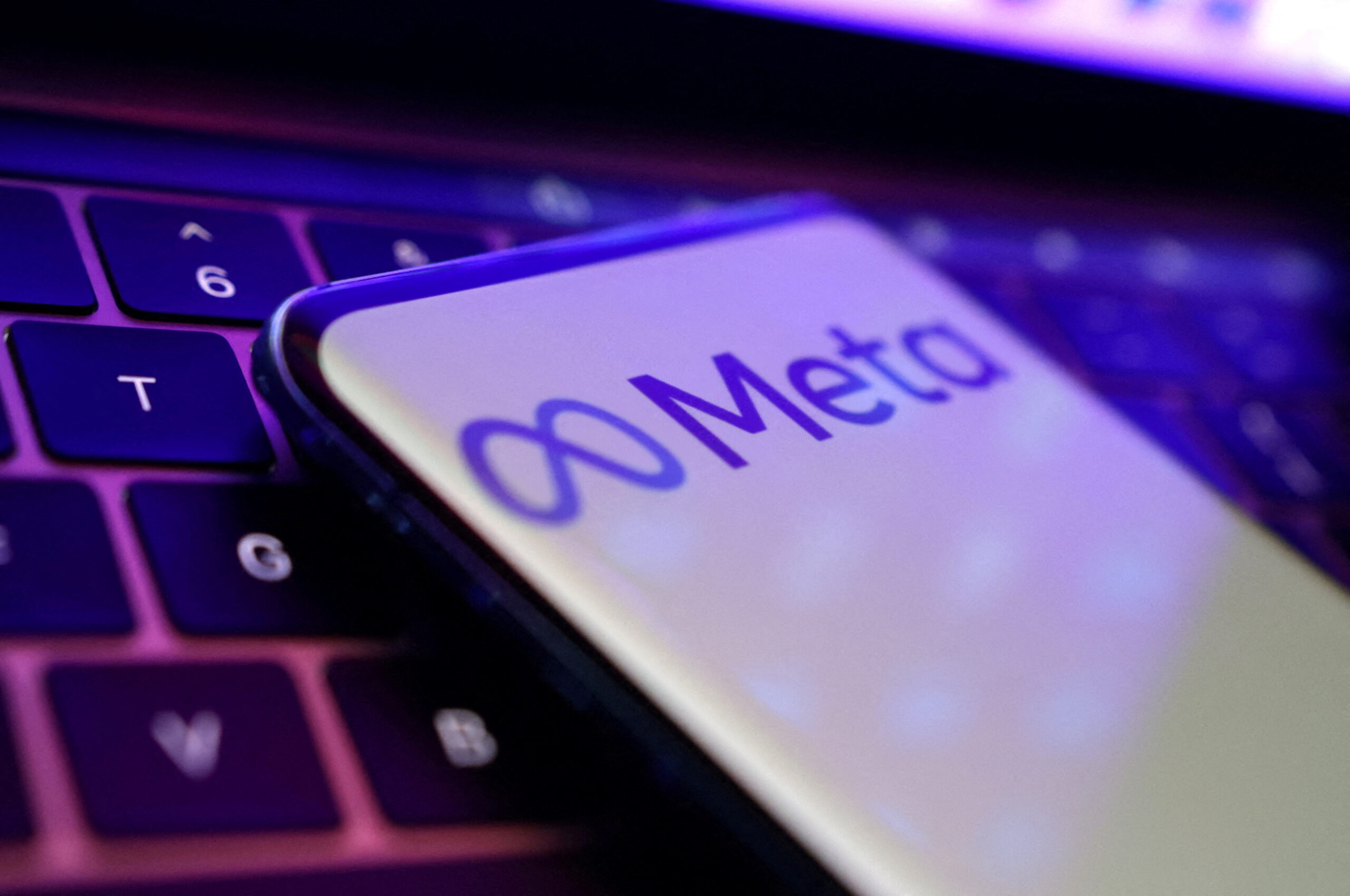Digital asset management (DAM) software provides a platform for managing digital rights and permissions as well as organizing, storing and retrieving rich media assets such as audio, images, videos, animations, podcasts, logos and other multimedia content.
DAM software provides a platform for managing the entire lifecycle of digital assets, including creation, editing, version control, metadata management, sharing, distribution and archiving.
Some digital asset management tools offer more than just storing files. They also allow you to create and manage websites and apps, share content internally or externally, or even collaborate on projects.
In this guide, we analyzed the top-tier DAM software for different teams, organization sizes and use cases. We evaluated each tool’s features, strengths and weaknesses and provided their pricing where possible.
Jump to:
Top digital asset management software: Comparison chart
| Best for | Automated tag feature | Asset transformation | Free plan | Starting price | Learn more | |
|---|---|---|---|---|---|---|
| Adobe Experience Manager Assets | Advanced features | Yes | Yes | No | Quote-based | Try Adobe |
| Cloudinary Assets | Image and video asset management | Yes | Yes | Yes | $59 per month | Try Cloudinary |
| Acquia DAM (Widen) | Customization | Yes | Yes | No | Quoted-based | Try Acquia |
| CoSchedule Asset Organizer | Marketing team | Yes | Yes | No | Quoted-based | Try CoSchedule |
| Microsoft OneDrive | Microsoft users | No | Yes | Yes | $5 per month | Try Onedrive |
| Google Workspace | Distributed teams | No | Yes | 14-day free trial | $6 per user per month when billed annually | Try Google |
| Bynder DAM | Fast growing teams | Yes | Yes | No | Quoted-based | Try Bynder |
| Brandfolder | Agencies | Limited | Yes | No | Quoted-based | Try Brandfoler |
Adobe Experience Manager Assets: Best for advanced features
Adobe Experience Manager Assets is cloud-native DAM software that helps organizations manage their digital assets at scale. AEM Assets enable organizations to store, manage and deliver digital assets such as images, videos, documents and other media files. It provides functionalities such as monitoring, managing, publishing and editing digital assets. Additionally, it can be used to migrate an existing site to Adobe Experience Manager, construct a website from the ground up or manage a website or blog.
AEM Assets is not designed for beginners; it requires technical expertise to use the advanced features effectively.
Pricing
Adobe Experience Manager Asset has two plans: Departmental and Enterprise. The departmental plan is best for collaboration across teams, while the enterprise plan is built for performance and scale for enterprise-wide workflow. However, Adobe doesn’t advertise its rates on its website; the company requires interested buyers to contact their sales team for quotes.
Features
- Collaboration features, including My Workspace and Task Management.
- Native integrations with Adobe Creative Cloud and Experience Cloud applications.
- Centralized asset management.
- Compatibility with 3D, AR, VR and panoramic photographs.
- AEM’s smart tags tool uses AI to automatically tag content like images, video and text-based assets with your business-specific keywords for improved organization, searchability and personalization.
Pros
- Robust tagging tool.
- Multilingual asset management.
- Generative AI capability.
- Excellent metadata management capabilities.
Cons
- According to some users, the tool is expensive.
- AEM requires specific skill sets.
Cloudinary Assets: Best for image and video asset management
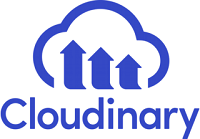
Cloudinary Assets is a cloud-based media management platform that enables users to manage, manipulate and deliver media assets. It offers advanced features like automatic image and video optimization, facial recognition and AI-powered image tagging.
Cloudinary has transformation capabilities that let you change the properties of a media asset like image and video. Whether you want to resize and crop images, apply filters and effects, optimize image quality or generate thumbnails, these transformations allow you to manipulate and enhance media assets dynamically.
Pricing
Programmable media
- Free: No charge for up to three users.
- Plus: It costs $89 per month when billed annually or $99 per month when billed monthly.
- Advanced: It costs $224 per month when billed annually or $249 per month when billed monthly.
- Enterprise: Quote available on request.
Digital asset management
- Free: No charge for up to three users, 2,500 assets and 25 GB of storage.
- Enhanced: It costs $59 per month. Supports up to 10 users, 10,000 assets and 100 GB of storage.
- Pro: It costs $199 per month. Supports up to 40 users, 40,000 assets and 400 GB of storage.
- Enterprise: Quote available on request.
Features
- Asset tagging capabilities.
- Version control.
- Metadata management
- Access control.
Pros
- Compliance with industry standards, such as GDPR and HIPAA.
- Generous free plan.
- Extensive customer base. Cloudinary has plans for individual users, developers, small teams, SMBs and large enterprises.
Cons
- The Pricing model can be confusing.
- Customer service can be improved.
Acquia DAM (Widen): Best for customization
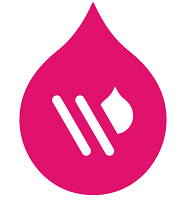
Acquia DAM (formerly known as Widen) is a cloud-based DAM tool that serves as a central hub for managing your digital assets at scale. It lets you view and interact with hi-resolution previews for a wide range of file formats, such as audio, images, videos, documents and PDFs, as well as work-in-progress files like InDesign, Photoshop and Illustrator.
In addition to its DAM tool, Acquia DAM offers solutions for customer data management, content management, brand management, market resource management and product information management. Acquia DAM also provides options for integrating with other systems and applications, such as CMS, creative editing platforms, product information management and project management tools.
Pricing
Acquia DAM offers three plans, including workgroup, enterprise and DAM+PIM. You must contact their sales team to get a quote.
Features
- AI-powered metadata and visual search.
- Asset analytics.
- Automatic tagging.
- Version controls.
- Time-based access to assets
Pros
- Up to 10 TB of storage.
- Integrates with several third-party tools, including Asana, Box, Salesforce and more.
Cons
- Steep learning curve for less tech-savvy users.
- Lacks transparent pricing.
CoSchedule Asset Organizer: Best for marketing teams

Marketing teams looking for a marketing focus DAM solution may find CoSchedule Asset Organizer useful. CoSchedule Asset Organizer is part of the CoSchedule Marketing Suite and is purpose-built to help teams organize and manage their marketing assets in one central location. Be aware that you can’t purchase CoSchedule Asset Organizer as a stand-alone product. You’ll need to buy the complete CoSchedule Marketing Suite, a combination of 10 solutions, including team management, AI marketing, social media management, request forms and more.
Pricing
Pricing for this tool is available upon request.
Features
- Built-in version controls.
- File storage and custom taxonomies.
- Universal content library.
- File sharing capability.
Pros
- Secure Login with Single Sign-On (SSO).
- The suite includes an AI-powered marketing assistant with support for natural language prompts.
- Easy to use.
Cons
- The user interface can be improved.
- The quality of support can be improved.
Microsoft OneDrive: Best for Microsoft users
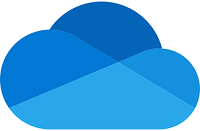
Microsoft OneDrive is a cloud-based storage solution that lets you manage your digital files. While anyone can use it, it is particularly useful for Microsoft users as it seamlessly integrates with other Microsoft tools and services. With OneDrive, you can store and share files, photos, videos and documents. The files are automatically synced across all your devices so that you can access them from your computer, phone or tablet.
Pricing
Personal plan
- Microsoft 365: Free for one person, with 5 GB cloud storage.
- Microsoft 365 Basic: $1.99 per month or $19.99 per year. 100 GB of cloud storage.
- Microsoft 365 Personal: $6.99 per month or $69.99 per year. 1 TB of cloud storage.
- Microsoft 365 Family: $9.99 per month or $99.99 per year. Up to 6 TB of cloud storage (1 TB per person).
Business plan
- OneDrive for Business: $5 per user per month. Up to 1 TB of cloud storage.
- Microsoft 365 Business Basic: $6 per user per month. 1 TB of cloud storage per user.
- Microsoft 365 Business Standard: $12.50 per user per month.
Features
- File sharing capability.
- File sharing and collaboration.
- Synchronization across devices.
Pros
- Seamless integration with Microsoft product suite.
- Affordable and easy to use.
- Convenient access across devices.
Cons
- Limited storage space for the free plan.
- The macOS client app can be improved.
Google Workspace: Best for distributed teams
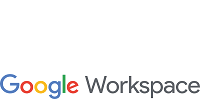
Google Workspace is a collection of cloud-based productivity and collaboration tools. It includes applications such as Gmail, Google Drive, Google Docs, Google Sheets, Google Slides, Google Calendar, Google Meet and Google Forms. The Google Drive product, which is a cloud storage solution, can help you store and manage your digital assets. It allows you to upload and save over 100 file types — documents, photos, audio and videos — to Google servers.
Pricing
- Free trial: 14 days free trial.
- Business starter: $6 per user per month when billed annually or $7.20 per user per month when billed monthly. Up to 30 GB pooled storage per user.
- Business Standard: $12 per user per month when billed annually or $14.40 per user per month when billed monthly. Up to 2 TB pooled storage per user.
- Business Plus: $18 per user per month when billed annually or $21.60 per user per month when billed monthly. Up to 5 TB pooled storage per user.
- Enterprise plan: Custom quote. Up to 5 TB pooled storage per user, with the ability to request more.
Features
- Support for over 100 file types.
- Target audience sharing.
- Shared drives for your team.
Pros
- Corporate-friendly user management.
- Generous free cloud storage.
- Extensive third-party integrations.
Cons
- Lacks desktop app version.
- Customer support can be improved.
Bynder: Best for fast-growing businesses
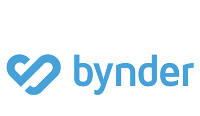
Bynder DAM software is primarily designed for marketing and creative teams. The cloud-based platform helps organizations manage and share digital assets, such as images, videos, logos and documents. Bynder improves marketing efficiency by automating the process of creating, organizing and distributing marketing materials, enabling businesses to maintain brand consistency.
Its dynamic asset transformation solution lets you manipulate assets using features like resizing, focusing, cropping and removing asset backgrounds. Bynder serves a diverse range of industries, including consumer brands, technology, healthcare, finance and insurance and more.
Pricing
Bynder has three plans: Digital Asset Management (DAM), DAM + Scaling your content operations and DAM + Integrated digital ecosystem. However, the rates for these plans are available upon request. They offer a 30-day free trial.
Features
- Central location to store all brand and campaign assets.
- Digital asset transformation.
- Organize and find your files easily.
- Control access and usage rights.
- Integration with third-party services like Okta, Adobe Experience Manager, WordPress, Drupal and Slack.
Pros
- Comprehensive branding capabilities.
- Responsive customer support.
- Dynamic asset transformation.
Cons
- Steep learning curve for new users who are unfamiliar with digital asset management systems.
- User interface can be improved.
Brandfolder: Best for agencies

Brandfolder is a Smartsheet product. This digital asset management platform helps businesses store, share and manage their brand assets. Brandfolder offers features such as asset organization, customizable branding guidelines, permission controls and usage analytics to streamline branding processes and improve collaboration within an organization.
Pricing
Quote for this tool is available upon request.
Features
- Content automation.
- Asset categorization.
- Metadata management.
- Workflow management.
- Smart search and discovery.
Pros
- Easy to use.
- Support all file formats, including documents, images, media and more.
- It allows you to analyze assets across various formats, including 8K videos, documents, images and 3D renderings.
Cons
- Lacks free trial and transparent pricing.
- The user interface can be improved.
Key features of digital asset management
Asset transformation
Digital asset management tools often include asset transformation capability, allowing you to alter or manipulate your assets in various ways. Whether you want to resize or crop images, convert file formats, add watermarks or other branding elements to make it suitable for their intended use, this feature enables customization and ensures assets are in the appropriate format.
Metadata
Ensure that the DAM tool you choose allows for customizable metadata fields in order to provide detailed information about digital assets. This can include keywords, descriptions, tags and other relevant information that helps with searchability and organization. It can also help with auto-tagging of assets based on your business-specific keywords and rules.
Robust search functionality
The ability to search and find assets in a DAM system is very important. The essence of having a robust DAM is not just to store assets but also to be able to retrieve them quickly. Select DAM software that offers advanced search capabilities such as keyword search, filter search, similarity search and visual search.
Version control
Being able to track all users’ activities is critical in a DAM system. Version control time stamps all users’ actions, allowing you to keep track of changes made to assets, including who made the changes and when. This helps maintain a history of asset modifications and lets you return to the previous version if a situation warrants it.
How do I choose the best digital asset management for my business?
When shopping for the best digital asset management for your businesses, it’s best to start your search from within. You need to have clear requirements, and you should only select a tool that can help you meet those requirements.
It’s important to research the best DAM software; fortunately, we have done the heavy lifting by compiling this list of the best digital asset management tools. Our analysis found that Adobe Experience Manager Assets caters to the needs of companies with complex DAM needs, Cloudinary is ideal for businesses with large repositories of image and video assets, while CoSchedule Asset Organizer and Bynder are best for marketing and creative teams.
Be aware that the best DAM software depends on factors like your business type and size, existing tech stack, customer base, budget and, most importantly, your asset types and formats.
Methodology
To write this review, we researched over 25 digital asset management software. We scored them based on five criteria: Core DAM features, cost, ease of use, integrations and customer service and support. We selected the top 8 DAM tools that scored highly in each criterion. We then conducted in-depth research on these tools, analyzing their key features and functionality. We also considered customer reviews and ratings to get a sense of user satisfaction and overall performance.
https://www.techrepublic.com/article/digital-asset-management-software/




